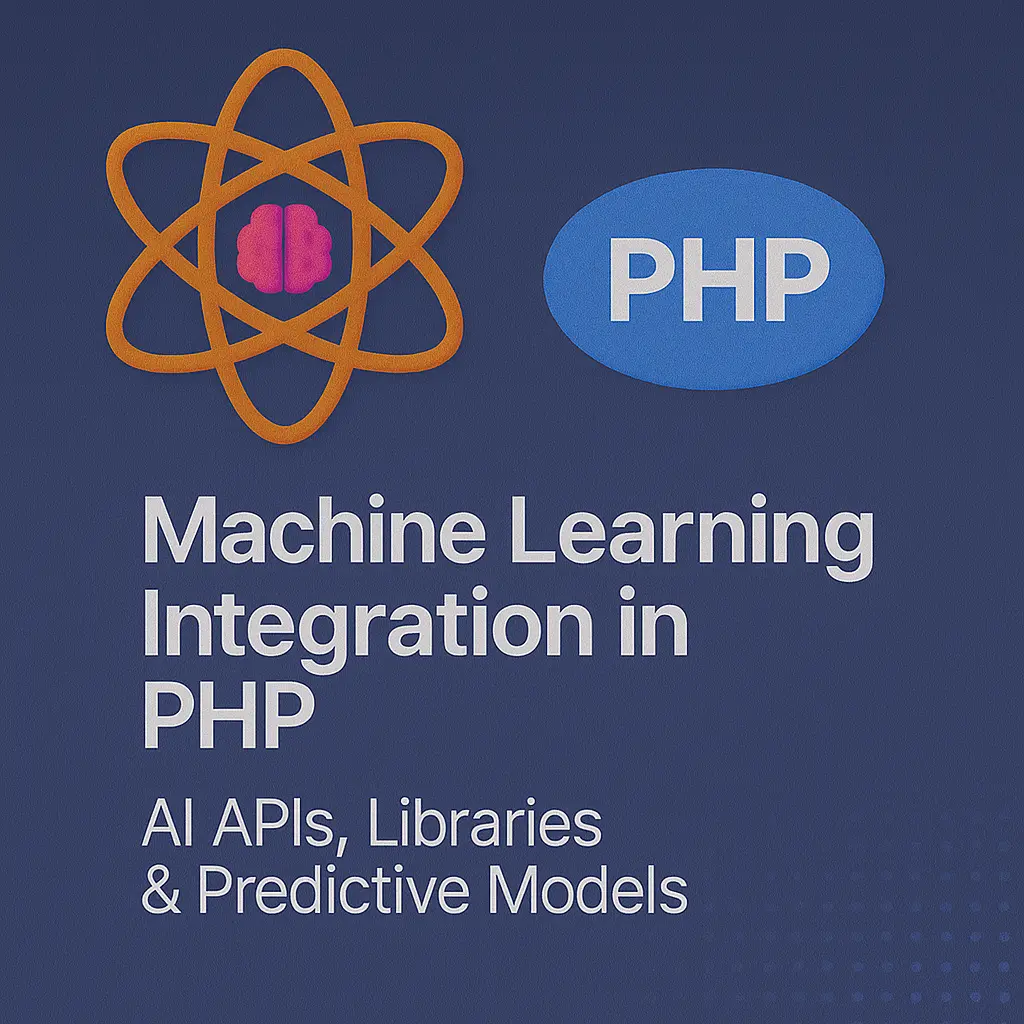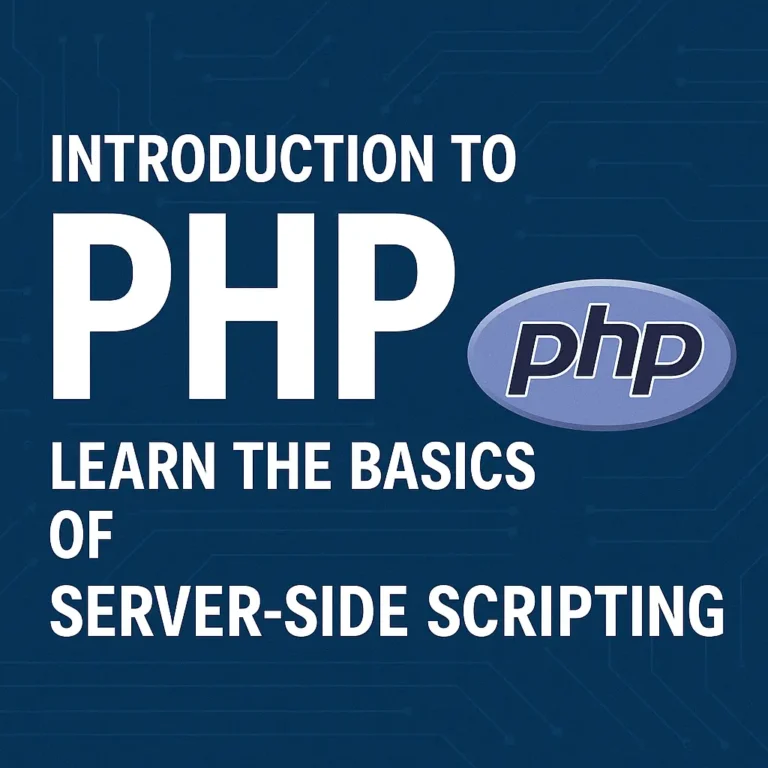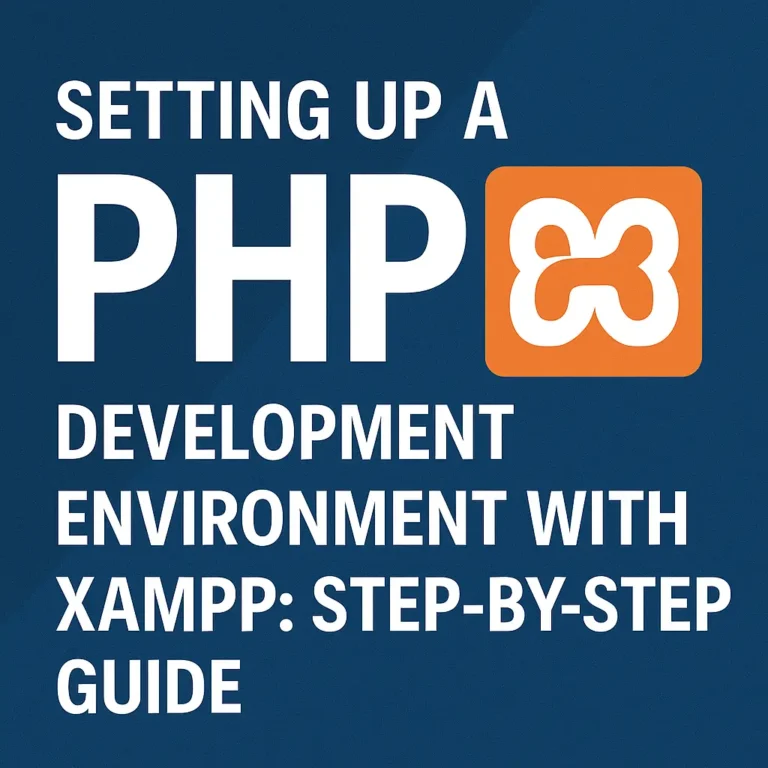Introduction to Machine Learning Integration with PHP
Machine Learning (ML) has revolutionized how applications are developed, offering capabilities such as predictive analytics, natural language processing, and image recognition. While PHP is not traditionally associated with machine learning, it is still possible to integrate ML models into PHP applications. This article will explore how to integrate machine learning models with PHP and build AI-powered applications.
We will cover:
Integrating Machine Learning Models with PHP
Building AI-powered Applications
Integrating Machine Learning Models with PHP
Integrating machine learning models into PHP can be approached in several ways. One of the most common methods is to use machine learning models built in Python (or other languages) and interact with them through APIs or command-line interfaces. Here are some approaches:
Using a REST API to Serve the ML Model
Executing Python Scripts from PHP
Using PHP Libraries for Machine Learning
Using a REST API to Serve the ML Model
One effective way to integrate ML models with PHP is to use a REST API. The model is developed in a language like Python and served via an API, which PHP can consume.
Step 1: Create a REST API with Flask
First, let’s create a simple REST API in Python using Flask.
# app.py
from flask import Flask, request, jsonify
import pickle
app = Flask(__name__)
# Load your pre-trained model
with open('model.pkl', 'rb') as f:
model = pickle.load(f)
@app.route('/predict', methods=['POST'])
def predict():
data = request.json
prediction = model.predict([data['features']])
return jsonify({'prediction': prediction.tolist()})
if __name__ == '__main__':
app.run(debug=True)
In this example, the Flask app serves a machine learning model that can make predictions based on incoming JSON data. The model is loaded from a pickle file, and predictions are returned as JSON.
Step 2: Consume the API in PHP
Now, let’s create a PHP script to consume this API.
<?php
$apiUrl = 'http://127.0.0.1:5000/predict';
$data = [
'features' => [5.1, 3.5, 1.4, 0.2] // Example features for prediction
];
$options = [
'http' => [
'header' => "Content-Type: application/json\r\n",
'method' => 'POST',
'content' => json_encode($data),
],
];
$context = stream_context_create($options);
$response = file_get_contents($apiUrl, false, $context);
if ($response === FALSE) {
die('Error occurred while making API request');
}
$result = json_decode($response, true);
print_r($result);
?>
This PHP script sends a POST request to the Flask API with the features data and prints the prediction result.
Executing Python Scripts from PHP
Another approach is to execute Python scripts directly from PHP using the shell_exec() function.
Step 1: Create the Python Script
# predict.py
import sys
import json
import pickle
# Load your pre-trained model
with open('model.pkl', 'rb') as f:
model = pickle.load(f)
# Read features from command line arguments
features = json.loads(sys.argv[1])
# Make prediction
prediction = model.predict([features])
print(json.dumps({'prediction': prediction.tolist()}))
Step 2: Execute the Script from PHP
<?php
$features = json_encode([5.1, 3.5, 1.4, 0.2]); // Example features
$command = escapeshellcmd("python3 predict.py '$features'");
$output = shell_exec($command);
$result = json_decode($output, true);
print_r($result);
?>
This PHP script encodes the features as a JSON string, passes them to the Python script, and then decodes the JSON response.
Using PHP Libraries for Machine Learning
Although PHP is not as rich in machine learning libraries as Python, some libraries allow basic ML tasks. For example, PHP-ML is a library for machine learning in PHP.
Step 1: Install PHP-ML
You can install PHP-ML via Composer:
composer require php-ai/php-ml
Step 2: Build a Simple Machine Learning Model in PHP
<?php
require 'vendor/autoload.php';
use Phpml\Classification\KNearestNeighbors;
use Phpml\ModelManager;
// Sample training data
$samples = [[1, 2], [2, 3], [3, 4], [4, 5]];
$labels = ['a', 'a', 'b', 'b'];
// Train the model
$classifier = new KNearestNeighbors();
$classifier->train($samples, $labels);
// Make a prediction
$prediction = $classifier->predict([3, 3]);
echo "Prediction: $prediction\n";
// Save the model
$modelManager = new ModelManager();
$modelManager->saveToFile($classifier, 'knn_model.phpml');
// Load the model
$restoredClassifier = $modelManager->restoreFromFile('knn_model.phpml');
$prediction = $restoredClassifier->predict([3, 3]);
echo "Restored Prediction: $prediction\n";
?>
This example demonstrates training a simple k-nearest neighbors model and saving/loading it using PHP-ML.
Building AI-powered Applications
Once you have integrated machine learning models into PHP, you can build AI-powered applications. Here are some example use cases:
Chatbots
Recommendation Systems
Image Recognition
Building a Chatbot
Let’s build a simple chatbot that uses an ML model to classify user intents.
Step 1: Train an Intent Classification Model
First, create and train a model in Python. Save it using Pickle.
# train_intent_model.py
from sklearn.feature_extraction.text import CountVectorizer
from sklearn.naive_bayes import MultinomialNB
import pickle
# Sample data
texts = ["Hello", "Hi", "Bye", "Goodbye", "How are you?", "What's up?"]
labels = ["greeting", "greeting", "farewell", "farewell", "question", "question"]
# Vectorize texts
vectorizer = CountVectorizer()
X = vectorizer.fit_transform(texts)
# Train classifier
clf = MultinomialNB()
clf.fit(X, labels)
# Save model and vectorizer
with open('intent_model.pkl', 'wb') as f:
pickle.dump((vectorizer, clf), f)
Step 2: Create a Flask API to Serve the Model
# app.py
from flask import Flask, request, jsonify
import pickle
app = Flask(__name__)
# Load model and vectorizer
with open('intent_model.pkl', 'rb') as f:
vectorizer, model = pickle.load(f)
@app.route('/classify', methods=['POST'])
def classify():
data = request.json
X = vectorizer.transform([data['text']])
prediction = model.predict(X)
return jsonify({'intent': prediction[0]})
if __name__ == '__main__':
app.run(debug=True)
Step 3: Create a PHP Client to Use the Chatbot API
<?php
$apiUrl = 'http://127.0.0.1:5000/classify';
$data = [
'text' => 'Hello'
];
$options = [
'http' => [
'header' => "Content-Type: application/json\r\n",
'method' => 'POST',
'content' => json_encode($data),
],
];
$context = stream_context_create($options);
$response = file_get_contents($apiUrl, false, $context);
if ($response === FALSE) {
die('Error occurred while making API request');
}
$result = json_decode($response, true);
echo "Intent: " . $result['intent'] . "\n";
?>
This example demonstrates how to classify user input and get the intent using an ML model served through a REST API.
Recommendation System
You can also integrate recommendation systems in PHP. For instance, you can build a movie recommendation system using collaborative filtering models created in Python and served via an API.
Image Recognition
For image recognition tasks, you can use pre-trained models like those from TensorFlow or PyTorch. Serve these models through an API and consume them in PHP, similar to the previous examples.
Conclusion
Integrating machine learning models into PHP applications opens up numerous possibilities for building intelligent, AI-powered systems. By leveraging REST APIs, executing Python scripts, or using PHP libraries, you can harness the power of machine learning in your PHP projects. Whether you’re building chatbots, recommendation systems, or image recognition applications, understanding these integration techniques will allow you to enhance your applications with advanced machine learning capabilities.






